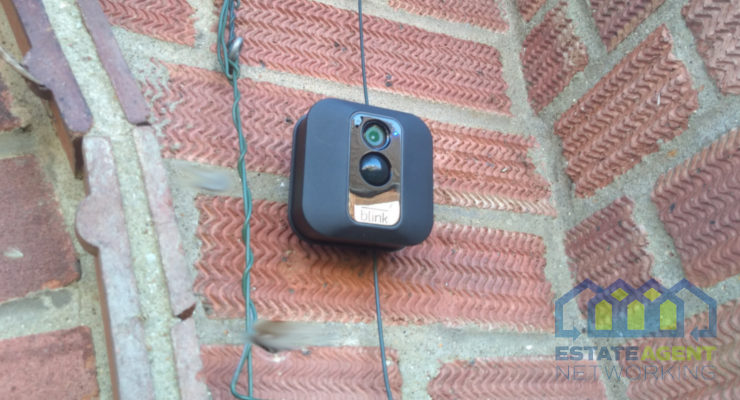Why Your Multifamily Building Needs An Access Control System
Being responsible for a multifamily building requires keeping safety a priority. Security can be a concern in a building with multiple people coming in and out, which is why your multifamily building needs an access control system.
There are many reasons why an access control system can be of use to a dwelling with more than one family. Since there are multiple entrances and exits, it’s important that each is equipped with an added layer of security. From keeping people safe to making security protocol much more streamlined, control access systems are a worthy investment.
There are numerous types of access control systems outside of simple keys that allow one to enter and exit a building, making the management of who accesses a building much simpler to manage.
Keep Families Safe
Multifamily buildings often house people of all ages, not all of whom are able to protect themselves. As such, having an extra layer of safety and security will be especially appreciated by families who are concerned about random people roaming the halls of the building. Residents will feel happier remaining in the building when they know their safety matters.
Having an access system that can be monitored and controlled consistently can help reduce the potential risk of unsavory characters finding their way into the building. Doors can be kept locked and secure at all times unless someone with the proper credentials to gain access tries to enter.
Protect Off-Limit Areas
A rental office or workspace houses several important and confidential documents that need to be protected. Controlling who is able to get into these off-limit areas will help keep protected information out of the hands of those who shouldn’t see it.
Control Who Has Access
In lieu of having security personnel or a doorman, an access control system helps you gain control of who is able to enter your building. You can set things up so that current residents and staff are the only people able to enter the building. When one of the residents or staff members leave, you can remove access.
Moreover, the ability to customize which individuals can access which rooms is possible. As such, it can be ensured that only staff is able to enter the office or storage room, while residents can only enter the building and the elevators and not the rooms designated for staff.
Record Who Enters And Exits
Wall-mounted card readers are one helpful tool that allows you to control who is able to enter the building. Furthermore, these readers will be able to record who is using the system, as well as when someone is trying to bypass the system.
There Are Multiple Options
There are a wealth of access control systems on the market that can accommodate anything from a residential building to a large government building. These systems can be found within multiple budgets and technological capabilities.
Individuals who have been granted access are able to do so in many ways depending on the system of choice. One option is to have cards with a person’s information linked to it that has to be scanned to unlock the door. Others can be operated with a cell phone.
Reduce Potential Unauthorized Access
A system that controls access can be much more secure than traditional keyholes. It is relatively simple for one to learn how to pick locks, and it’s much more difficult to break into a security system with multiple levels of encryption and security protocols.
The method of access assigned to your system of choice, such as a card or a smartphone app, cannot be replicated like a key can. As such, it reduces the chance of someone giving a key to a person that would abuse that luxury. On that note, there’s no need to call a locksmith to replace locks each time someone moves out.
Final Thoughts
There is only so much control we have over the safety and security of a building, but when there is a solution, it’s important to implement it. An access control system is one way to add an extra layer of safety to a residence. Not only does it benefit property managers and building owners, but it benefits the families who look to your building as their sanctuary.









